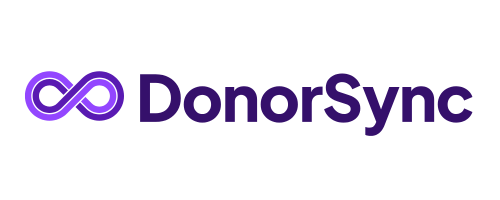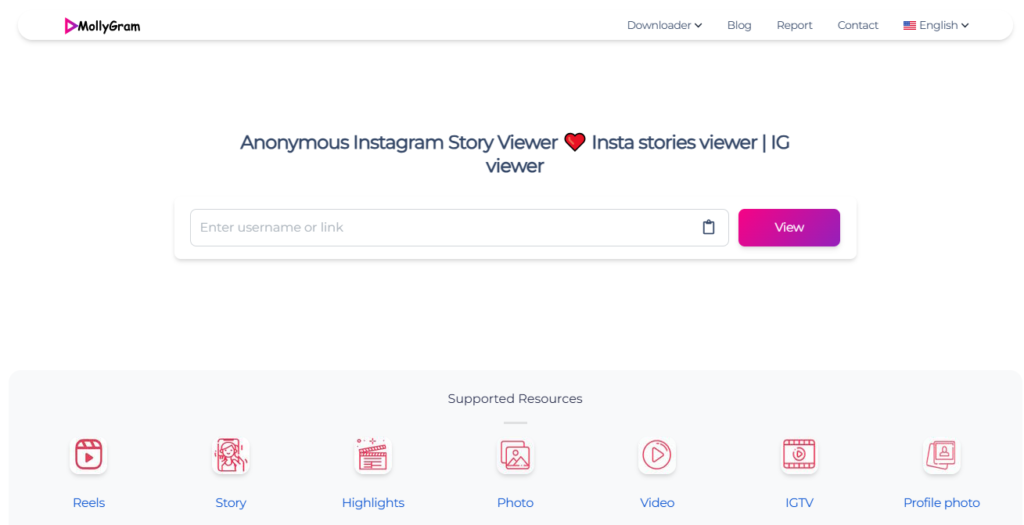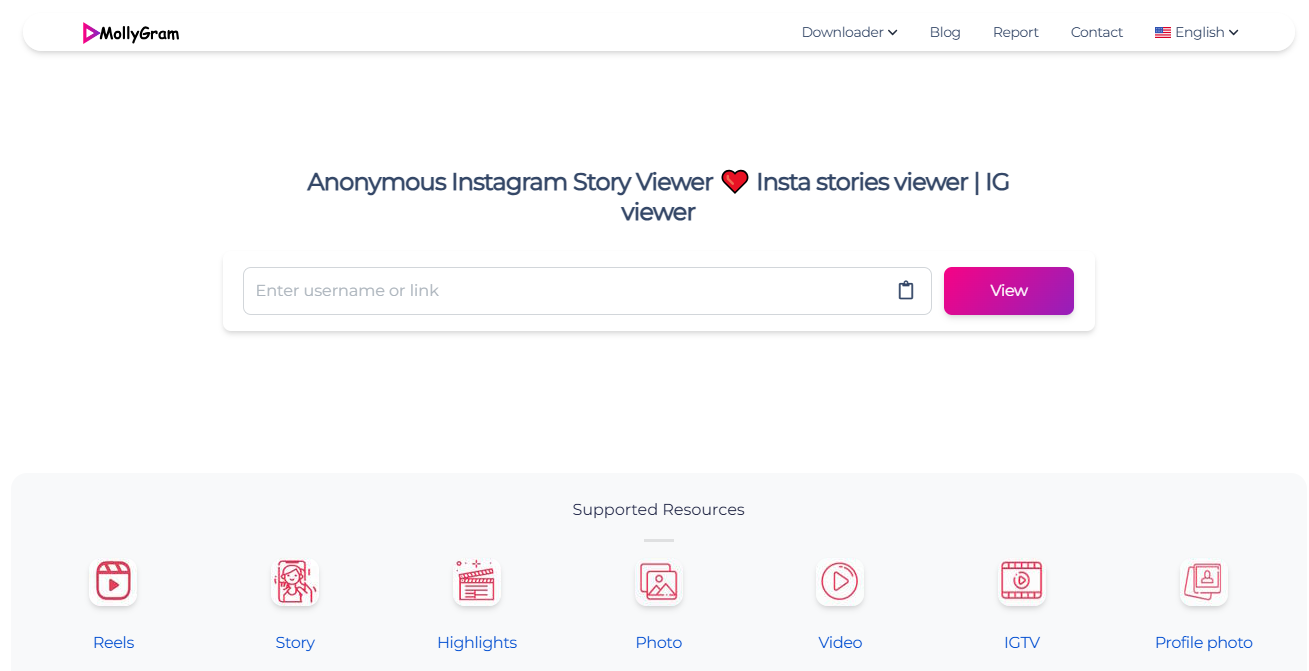92% of employees report improved efficiency thanks to modern technology.
Online collaborative productivity software enables real-time teamwork, file sharing, and communication from anywhere.
Benefits include better communication, faster decision-making, cost savings, security, and streamlined workflows.
Popular tools in 2025 include Microsoft Teams, Slack, Miro, Asana/Trello, and Google Workspace.
Essential for remote teams, small businesses, large enterprises, and industries like IT, marketing, education, and healthcare.
Choosing the right software depends on features, cost, scalability, and integration with existing systems.
Modern companies are constantly under demand to work more efficiently, effectively, and faster. According to a survey, 92% of employees believe that they have improved their efficiency due to the growing technology.
This is why companies use online collaborative productivity software. It helps teams reduce the amount of time wasted, enhance communication, and ensure that projects stay in order. As a person who has managed digital teams, I’ve witnessed firsthand how effective collaboration tools change the way we work.
What is Online Collaborative Productivity Software?
Online collaborative productivity software is a type of digital collaboration tool that allows multiple people to work together in real time. It is cloud-based, so team members can access it from laptops, tablets, or smartphones without being tied to a physical office.
The main characteristics are:
- Cloud-based access to work that makes sure the work does not have to be restricted to a single location.
- Real-time collaboration software that permits instant editing and sharing of files.
- Multi-user capabilities that allow teams to discuss ideas, assign tasks, and set deadlines.
- The cross-platform compatibility means that the same software works on Windows, Mac, iOS or Android.
Imagine it as a blend from team collaboration tools, project management and collaboration tools, and workplace collaboration apps, all combined into one platform.
This is similar to how modern web application architecture supports these systems.
Why Do Companies Use Collaborative Productivity Software?
Businesses adopt business productivity software for many reasons. Here are the most significant benefits of online collaborative productivity software.
1. Easy Accessibility Across Devices
One of the primary reasons why companies choose to make use of online collaboration platforms is accessibility. Employees don’t must wait until they get to the office to update their files or track the progress of their projects. When using a laptop from home, a mobile phone while on traveling, or a tablet during a conference, online collaboration platforms keep everyone in touch.
I’ve worked on the marketing department spread across three countries. Utilizing tools for productivity such as Microsoft Teams allowed us to be productive without a hitch. This eliminates barriers and allows projects to move forward.
2. Better Team Communication
A good communication system is the foundation of collaboration. Collaboration apps for workplaces help to simplify conversations by centralizing them. Instead of endless emails, teams can utilize video calls, chat, and integrated channels for communication. This helps reduce misunderstandings and also helps leaders to provide instant feedback.
For instance, when I was working on a campaign that I managed, switching between email and real-time collaboration software cut project delays by a quarter. Communication that is clear and efficient using digital collaboration tools leads to more rapid decisions and stronger collaboration.
3. Real-time Collaboration & File Sharing
One of the most significant benefits of online collaborative productivity software is the capability of editing and sharing documents in real time. No longer are you sharing multiple versions of documents back and forth. Tools such as Google Workspace and Miro allow simultaneous editing, comments, and suggestions.
This is not just time-saving but also guarantees accuracy. I’ve seen projects where 5 people worked on the same document, and the final product was finished in just a couple of minutes, not days. Real-time collaboration software makes collaboration into a seamless and efficient process.
4. Increased Productivity and Time Savings
Software for business productivity eliminates tedious manual work. Automated reminders and task tracking and central dashboards let employees to concentrate on more meaningful work. Instead of spending time looking for files or delving into the roles of employees, team collaboration tools create structures.
For managers like me they provide a clear view into the progress. I know which tasks are in the pipeline and which obstacles are in the way. This increases accountability and helps me save hours each week.
5. Streamlined Project Management & Workflow
Collaboration and project management tools aid in planning to assign and monitor tasks. Visible dashboards Kanban board, as well as Gantt chart give clarity.
These features are often built into enterprise web applications to handle complex workflows.
Teams can view deadlines as well as progress and dependencies on a single glance.
As I’ve seen, this helps reduce stress. In lieu of micromanaging managers are able to rely on clear processes. Everyone is aware of their roles, and projects are able to move forward with no any confusion.
For teams with unique needs, Software Development as a Service can create customized project management platforms designed to match their workflows.
This is one of the major reasons for companies to employ online collaboration software in the modern workplace.
6. Remote Team Enablement (No Location Limits)
Remote work is now the standard. Through digital collaboration tools, teams don’t have to share office space. Collaboration platforms online break down geographical barriers, keeping everyone on the same page regardless of time zones.
I had the pleasure of working with a client who had developers working in Asia and designers were in Europe as well as managers from North America. Through real-time collaboration software, the team was able to complete projects on time regardless of the geographical spread. Remote collaboration isn’t only convenient, but it’s crucial for companies that operate globally.
7. Cost-Effectiveness Compared to Traditional Tools
Traditional workplace tools, such as traditional meetings on paper, systems that use paper or desktop-only software have cost-intensive fees. The online collaborative productivity application is, however is based on a variety of subscription models.
Businesses can save money on printing, travel, as well as IT infrastructure. Even small-sized businesses get value from low-cost workplace collaboration apps. In my opinion, savings on costs is one of the most significant benefits of online collaborative productivity software particularly for new businesses with tight budgets.
8. Improved Security and Compliance
Security of data is a major problem for businesses. A lot of online collaboration platforms offer strong encryption, access control and compliance with regulations of the industry. Features like multi-factor authentication protect sensitive business data.
I’ve managed client information where compliance was crucial. Utilizing secured project management and collaboration tools helped us as well as clients confidence. Businesses appreciate these built-in security features since they minimize risks and help maintain confidence.
9. Encouraging Innovation & Knowledge Sharing
Beyond effectiveness Online collaborative productivity software stimulates creativity. Discussion sessions on platforms such as Miro as well as Microsoft Teams bring fresh ideas. Tools for sharing files ensure that information is easily accessible and stored to prevent valuable information from disappearing.
When people feel at ease contributing Innovation flourishes. I’ve witnessed concepts shared via digital collaboration tools later turn into winning campaigns. This sharing culture helps companies gain an advantage.
At Halo Digital, we design custom software that helps teams work smarter. From collaboration platforms to workflow apps, we create solutions that fit your business.
Business Use Cases of Collaborative Productivity Software
Different kinds of businesses use online collaboration software in different ways. Here are the most popular instances of business use.
For Remote Teams
Remote teams depend heavily upon team collaboration tools. Collaboration platforms on the internet keep tasks in order and the flow of communication. With features such as video calls and file sharing, remote workers remain connected to the main business.
For Small Businesses
Smaller businesses typically face resources limitations. Workplace collaboration applications provide high-end tools for a low cost. Through centralizing communications and project administration, smaller teams are able to avoid the expense of delays and can remain in the game.
For Large Enterprises
Large corporations have complex workflows. Software for business productivity helps to connect hundreds of employees across different departments. Collaboration and project management tools help ensure that large-scale projects with a lot of moving parts are completed on time.
Industry-specific Examples (IT, Marketing, Education, Healthcare)
These examples show the versatility and widespread use of business productivity software across industries.
- IT teams utilize digital collaboration tools for agile development and sprint planning.
- Marketing teams use online collaboration platforms for campaign monitoring as well as creative and approvals.
- Educational institutions utilize workplace collaboration apps for virtual classrooms and group projects.
- Healthcare facilities make use of real-time collaboration software to coordinate the care of patients and keep medical records safely.
5 Most Popular Collaborative Productivity Tools in 2025
Many platforms dominate the market, but the following stand out as the most widely used.
1. Microsoft Teams
Microsoft Teams is a leading workplace collaboration application that integrates video calls, chat as well as file sharing and project management in a single platform. It’s especially useful for businesses that use Microsoft 365, as it works seamlessly to Word, Excel, and Outlook.
Teams supports real-time editing as well as secure storage of files and a structured communications system that uses designated channels. With its high scalability, and security for enterprise-level use it is one of the most trustworthy business productivity software options for enterprises of any size.
2. Slack
Slack is a renowned real-time collaboration software that focuses on group communication. It lets instant communication, voice calls and file sharing all in all in one location. Channels help you group conversations by department or project.
I’ve used Slack in clients on projects where fast feedback was crucial. Instead of waiting on long emails team members could reply in a matter of minutes. This speed enabled collaboration at a whim. Slack is a popular choice for companies who need quick and efficient communication, without getting lost in conversations.
3. Miro
Miro is among the most creative digital collaboration tools. It’s a virtual whiteboard which supports brainstorming design sprints, brainstorming, and strategy mapping. Teams can make brain maps, flowcharts or prototypes in real-time.
I once led the remote workshop with Miro. Even though the participants were from the five countries of Europe, they all had ideas to share on the same page. The enthusiasm and energy reflected an actual meeting. Companies are awestruck by Miro because it encourages innovation, while keeping the collaboration structure.
4. Asana / Trello (Project Management)
Collaboration and project management tools such as Asana as well as Trello are popular options to organize tasks. Asana is well-known for its organized workflows, whereas Trello utilizes Kanban boards to aid in visual task tracking.
I’ve managed projects using both platforms. Trello is simple and perfect for teams with small numbers. Asana On its other side, has sophisticated tracking and reporting features which larger teams need. The tools allow companies to be flexible in the way they manage their work, while also keeping everyone accountable.
5. Google Workspace
Google Workspace is a comprehensive set that includes productivity-enhancing tools. It comprises Gmail, Google Drive, Docs Sheets, Docs Meet. The teams can work on document collaboration in real-time and have meetings without ever leaving the platform.
One of the most significant benefits of online collaborative productivity software such as Google Workspace is its familiarity. The majority of employees are already familiar with how to utilize Google applications, which can reduce the time required to train them. This translates for businesses into a rapid acceptance and seamless co-operation.
How to Choose the Right Productivity Software for Your Business
With the several online collaboration platforms available, selecting the best one could be difficult. Businesses must think about their objectives as well as their budget and size of the team.
Key Features to Look For
The top business productivity software includes features that improve communication, task management and security.
When I assist clients in choosing workplace collaboration apps, I always recommend trying features via trial periods for free. This will ensure that the software works with the workflow before making a final decision.
- Editing in real-time and file sharing
- Chat and video calls are integrated.
- Assignment of tasks and tracking progress
- Controls for access security and compliance assistance
- Mobile access for productivity on the go
Cost is vs. Value considerations
Cost is an important factor, but businesses should also consider the long-term worth of their investment. The free option may seem appealing but may lack vital features. Paid software usually comes with sophisticated safety, connectivity, as well as customer service.
For instance when I was working for a start-up that was initially using software for working at home. As the business expanded and the limitations of their tools slowed them down. The upgrade to the latest project management and collaboration tools was more efficient because it allowed for the ability to scale.
Integration and Scalability with Other Tools
One of the most important aspects is scaling. As companies grow it is essential that the software increase in size along with it. Integrating with other systems such as HR and CRM systems is crucial too.
Microsoft Teams Microsoft Teams, for instance it seamlessly integrates with other Microsoft applications, while Slack is able to connect with thousands of third-party applications. It is recommended that companies choose online collaboration platforms that complement their existing technology stack and are able to adapt as they grow.
FAQs
Why should companies use collaborative productivity software?
Businesses use online productivity tools for collaboration because it increases efficiency, lowers expenses, and promotes collaboration. It consolidates communication, project management as well as file sharing which makes work easier and more efficient.
How does it improve communication and teamwork?
Workplace collaboration software replaces the scattered emails and haphazard meetings by providing transparent channels, real-time updates and integrated tools for communicating. It helps employees stay in touch even while working from home.
What’s the difference between collaboration tools and project management tools?
Collaboration tools are focused on teamwork and communication. Tools for managing projects focus on work flow and task tracking. A variety of business productivity software solutions combine both, allowing the ability to communicate, plan and execution all all in one location.
Which industries benefit the most from this software?
Nearly every industry can benefit in this way, but marketing, IT healthcare, education, and IT utilize digital collaboration tools heavily. IT teams run campaigns, teams of marketing monitor campaigns, teachers run online classrooms and health professionals ensure patient care with security.
Are free tools effective, or do businesses need paid solutions?
Free tools are great for small teams with minimal requirements. But as companies grow and grow, the paid online collaboration platforms become more efficient. They provide security features integrations, support, and security that free tools do not offer.
Conclusion
The modern workplace requires agility, speed and effective collaboration. This is the reason why businesses use software for collaboration that is available online. From improved communication to savings on costs the benefits of online collaborative productivity software are evident.
As a manager of various teams, I am able to say this: digital collaboration tools are no anymore optional. They are essential to businesses who want to succeed. The right software can ensure efficiency, innovation and long-term viability.
Partner with Halo Digital for Software Development
Halo Digital is a professional software development company that helps businesses turn ideas into scalable and impactful digital solutions. We go beyond code to ensure every project aligns with business goals, improves user experience, and delivers measurable growth. From mobile apps to enterprise-level SaaS platforms, our focus is on building solutions that make a difference.
Why Businesses Trust Halo Digital
With over a decade of experience, our team has worked with startups, enterprises, and global brands across industries. We specialize in custom software development, mobile apps, SaaS platforms, e-commerce, and cloud solutions. By combining strategy, design, and development, we create digital products that are built to last.
Our Case Studies and Services
Our portfolio reflects the diversity of solutions we deliver. From DonorSync, a SaaS platform simplifying donation management, to MDL, a spiritual tech platform serving thousands of users, our case studies highlight the results we drive. Beyond software development, Halo Digital offers a complete suite of services including digital marketing, CMS development, cloud and DevOps, e-commerce solutions, web design, and brand identity creation.
The Results Our Clients See
Faster time-to-market for new digital products
Significant improvement in user engagement and retention
Scalable systems that support long-term growth
Seamless digital experiences across devices
Reduced costs through automation and optimized workflows
Ready to start your project? Get in touch with us today and let’s create digital products that drive real growth.
Arsalan Chauhdary is the CEO of Halo Digital and a senior full-stack developer with over 8 years of experience building scalable, secure, and high-performing digital solutions. As a thought-provoking leader and hands-on architect, he blends strategy with code to transform ideas into impactful web and mobile platforms. Passionate about clean architecture, Laravel, JavaScript, and solving real-world problems, Arsalan continues to guide teams and clients through the evolving landscape of modern development.



























